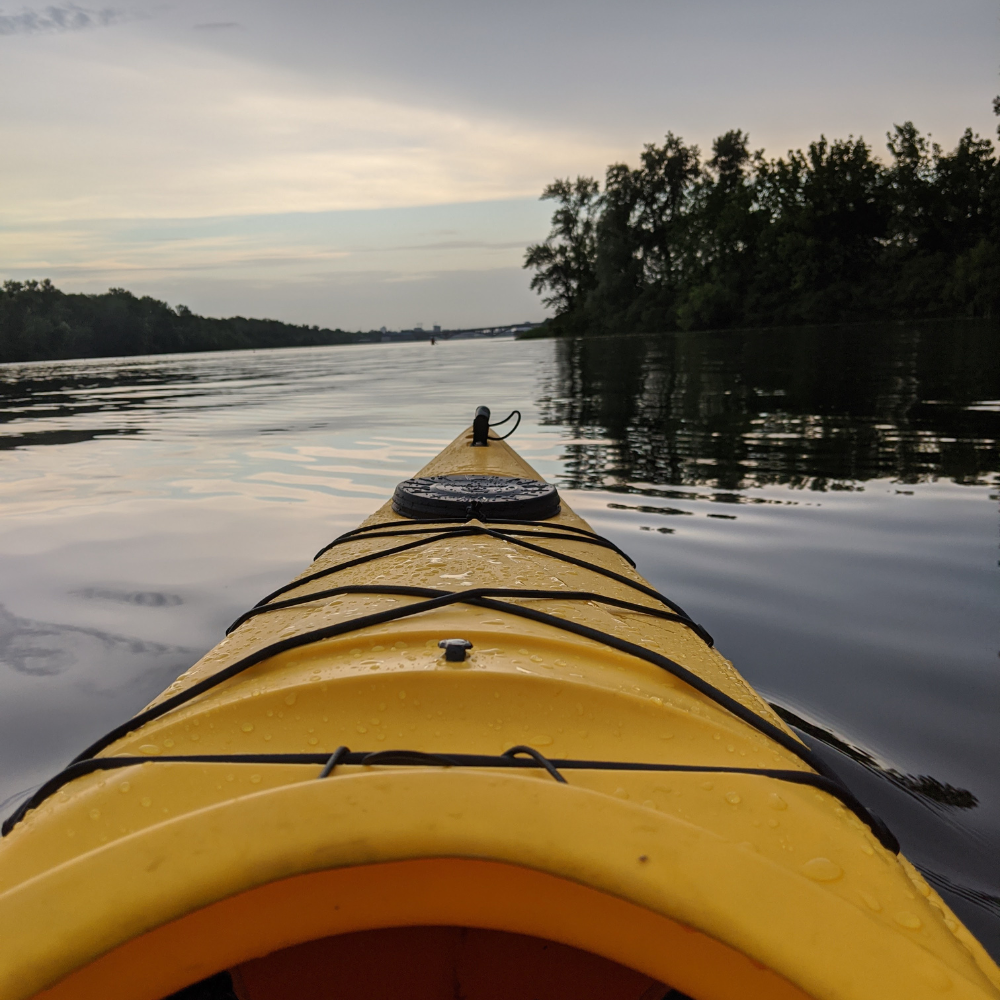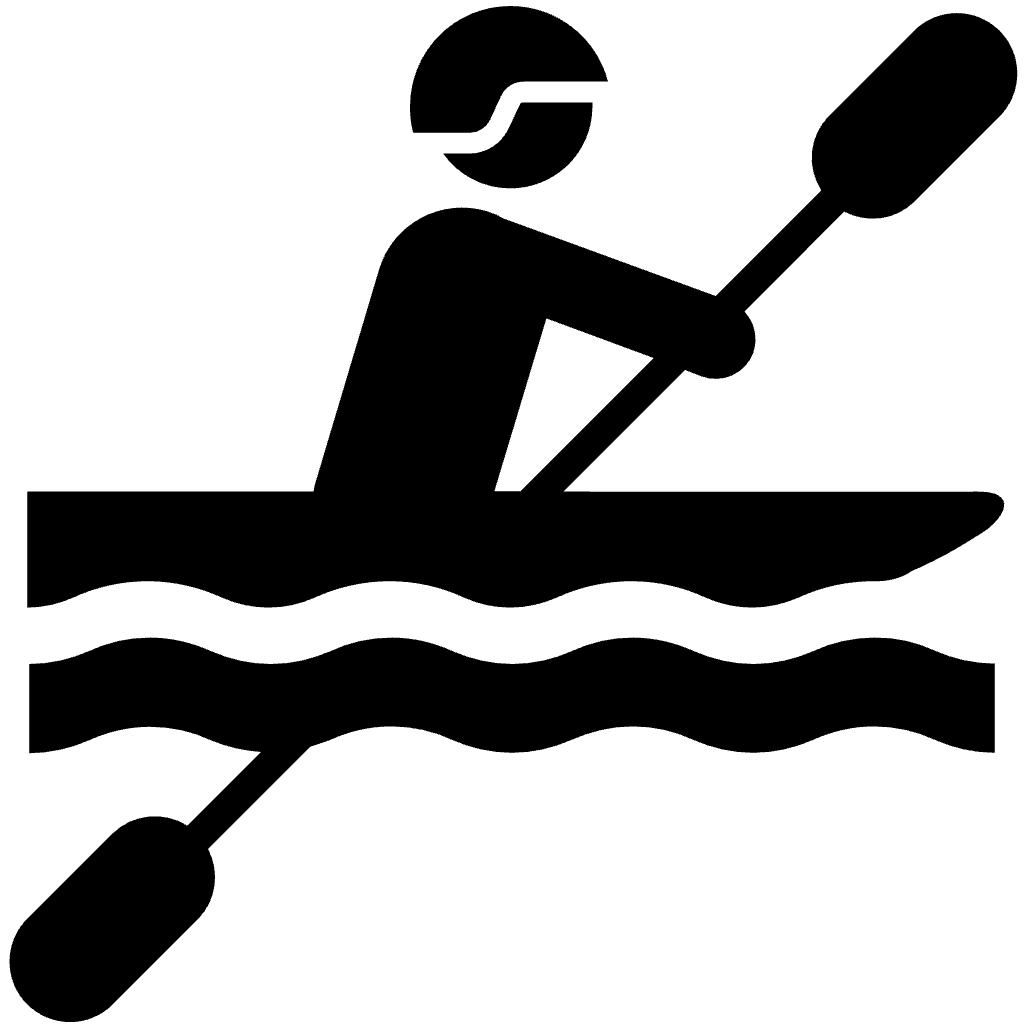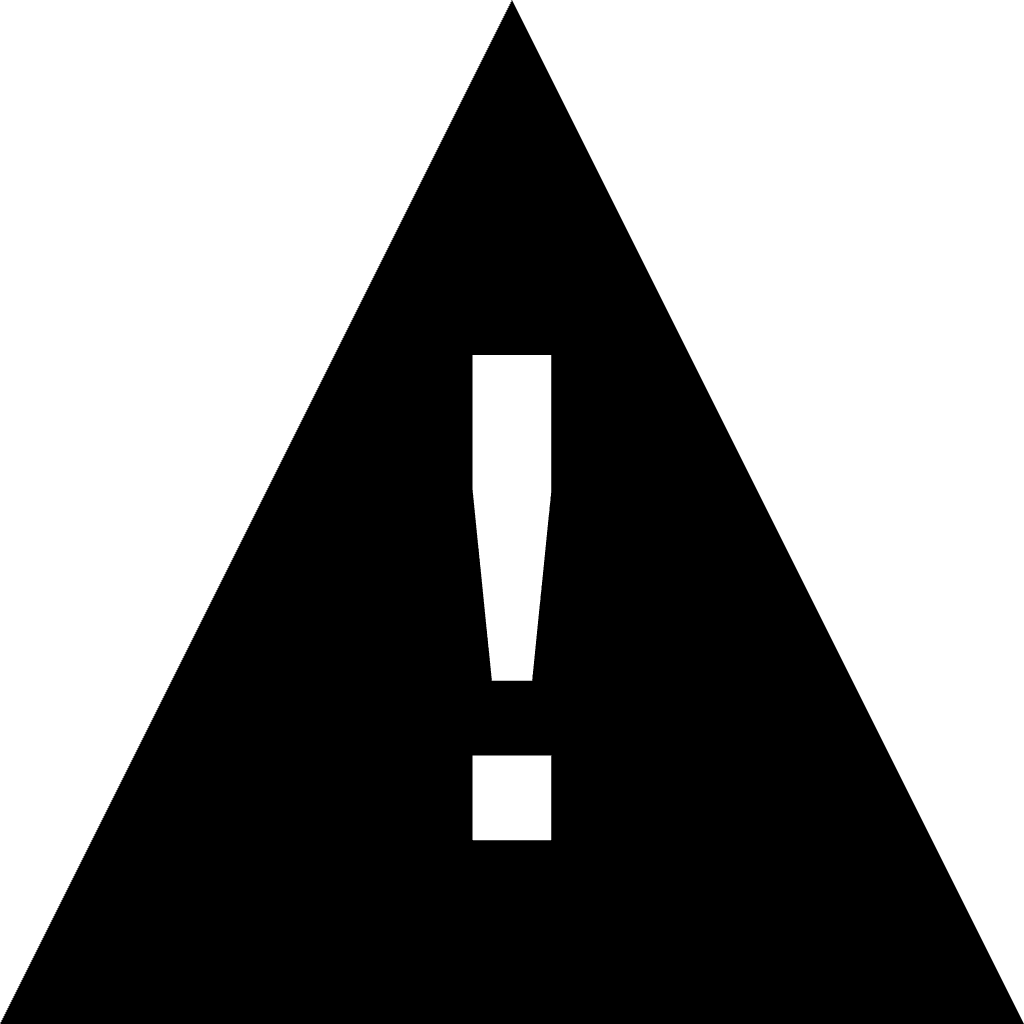Kayaking is an exciting and adventurous sport, but before getting started, it’s essential to understand the associated costs. How much does kayaking cost can vary greatly depending on several factors such as the type of kayak you choose, whether you rent or purchase equipment, and any additional expenses like transportation or storage. It’s important to set a realistic budget to avoid unexpected financial burdens.
When taking up kayaking, it may appear that the sport is inexpensive since there are rent options available, but for long-term practitioners, the overall expenses can make it costly to rent versus purchase your own gear. Consider not only the kayak but also the myriad of required gear such as paddles and life vests that make the activity safe. Knowing how much this sport can potentially cost enables you to make wise decisions on whether to take up renting versus purchasing equipment and how to better budget your expenditure on the sport.
In this guide, we’ll explore the different costs associated with kayaking, from initial purchases to ongoing maintenance and additional expenses. Understanding these factors will help you enjoy your kayaking experience without worrying about overspending. As we go through the breakdown of costs, keep in mind that how much does kayaking cost will vary depending on your location, choice of equipment, and how often you plan to engage in the sport.
Equipment Costs
When you decide to start kayaking, the first significant expense you’ll face is the cost of equipment. The price can vary greatly depending on the type of kayaking you plan to do, as well as the quality of the gear. Whether you’re looking at recreational kayaks for casual paddling or more specialized options for advanced use, each piece of equipment comes with its own price tag.
The primary item you’ll need to purchase is the kayak itself, which can range in price from a few hundred to several thousand dollars. Alongside the kayak, there are other essential items that will make your kayaking experience safe and enjoyable. These include paddles, life jackets, and other safety equipment. The cost of these items should not be underestimated, as buying low-quality gear can impact your safety and comfort on the water.
Essential Kayaking Equipment And Their Price Range:
- Kayaks: $300 – $3,000+ (depending on type and quality)
- Paddles: $50 – $300 (depends on material and design)
- Life Jackets: $30 – $150 (for various sizes and styles)
- Safety Gear (e.g., helmets, whistles): $20 – $100
- Storage Equipment (racks, covers): $40 – $200
Once you’ve made these initial purchases, you may find that your kayaking costs don’t stop there. Other ongoing expenses can include maintenance for your kayak and safety gear, such as repairs or upgrades. Some kayaks may require storage solutions or roof racks to transport them, adding to the overall cost. In addition to this, many kayakers also choose to invest in accessories like dry bags, waterproof cases, or even a wetsuit, all of which add to the cost.
If you’re wondering how much does kayaking cost, remember that investing in higher-quality gear upfront may save you money in the long run. While it may seem tempting to buy cheaper equipment, it could result in frequent replacements or even safety issues that could affect your experience on the water. It’s worth considering whether it’s better to spend more initially for durable equipment that will last for many years, especially if you plan on making kayaking a regular hobby.
Rental Options And Pricing
Renting kayaks instead of buying them is a common choice for those who kayak infrequently. Renting is great for beginners since it relieves them from the burden of investing in expensive equipment. Rental services are also extremely accessible all over the US and whether you intend to go on a day trip to a lake nearby or a weekend getaway, they will always be available. It is also important to know the costs involved with rentals so that you can budget yourself accordingly for your trip.
While renting a kayak, you pay a basic fee which can be charged hourly or daily depending on what is more economical. The fee also varies depending on the location, type of kayak and how long you intend to use it. For instance, half-day rentals including basic recreational kayaks are usually priced between $20 to $50. If you plan to do a full day excursion, the price of half-day rentals also tends to go around $40-80. More specialized kayaks such as fishing or touring ones would be even pricier and go for $60 and higher. Seasonal and monthly packages are often more economical for those who frequently rent kayaks, and some rental shops offer those packages.
Factors Affecting Rental Prices
Rental prices also tend to vary based on the location of the rental service. Coastal areas or locations near popular kayaking spots may have higher rental prices due to the demand and convenience of the area. On the other hand, inland lakes or rivers might offer more affordable rental options. The quality of the equipment, as well as the reputation of the rental service, can also influence the cost. Some rental companies include additional services, such as guided tours, safety briefings, or equipment delivery, which can add to the overall rental cost.
Another important factor to consider when renting is the added costs for necessary safety equipment, such as life jackets or helmets. Many rental services include these items in the rental price, but some may charge an additional fee for safety gear. It’s important to clarify what is included in the rental price and ensure that all necessary equipment is provided to ensure your safety on the water.
For those asking how much does kayaking cost when renting, the answer depends largely on the location and the type of kayak you’re renting. However, renting offers flexibility, and for occasional kayakers, it can be a cost-effective solution, especially if you’re not ready to make a long-term commitment.
Additional Expenses
When it comes to kayaking, many people overlook the additional expenses that can add up over time. While the initial costs of purchasing or renting equipment are significant, there are other factors to consider that can increase your overall kayaking expenses. These often include transportation, storage, maintenance, and insurance. Understanding these costs is important to fully budget for your kayaking experience, especially if you plan on kayaking frequently.
Transporting your kayak can be one of the most significant additional costs. Depending on the size of your kayak, you may need a roof rack or a trailer to transport it safely. Roof racks can range in price from $100 to $500, depending on the type of vehicle and the quality of the rack. For larger kayaks, a trailer may be necessary, which can cost anywhere from $500 to $2,000, depending on the model and features. If you’re renting a kayak, the cost of transportation might not be as significant, but you should still consider how you’ll get the equipment to and from the water.
Another expense to keep in mind is storage. Kayaks are large items that can be challenging to store properly. Whether you’re storing it at home or in a rental unit, there may be additional costs for storage solutions such as kayak racks or covers. For example, kayak racks for home storage can cost between $50 and $200, while storage facilities may charge $50 to $100 per month for a space to store your equipment.
| Expense | Estimated Cost Range |
| Roof Rack | $100 – $500 |
| Trailer | $500 – $2,000 |
| Storage Rack | $50 – $200 |
| Storage Facility | $50 – $100/month |
| Insurance (optional) | $100 – $300/year |
Once you’ve considered these additional expenses, it’s clear that kayaking can come with a substantial ongoing cost, especially if you own your equipment. However, some of these costs can be minimized or avoided by renting equipment or sharing resources with friends. It’s important to factor these extra expenses into your overall kayaking budget to ensure that you’re fully prepared for the long-term costs of the sport. Taking the time to plan for these additional costs will help you manage your budget and enjoy kayaking without financial surprises.
Cost Comparison
Whether you should rent or buy equipment is one of the most important decisions a person needs to make before going for kayaking. Depending on how much you intend to do kayaking, how you constrain yourself paying wise, and what specific type of kayaking is anticipated to do, everything carries it financial burden in varying metrics. Hence, it is necessary to estimate these long term costs that seek to grab your attention, in order to opt for something which you will benefit from substantially in the long run.
For hobby or newly initiated kayak users, renting a kayak is ideal as it does not come with financial burdens in terms of equipment purchase. If users do not kayak frequently, they can simply rent a kayak when required and buy one when they do and this way avoid incurring expenses over seldom events. Upfront cost can be recovered as long as you rent the kayak regularly. Rental costs also provide you the luxury of being economical as the charge ranges between $20 to $80 per day per basic kayak. If frequent kayak rental is the scenario, rental costs will be a lot less appealing. Renting is also perfect for someone who doesn’t want to commit themselves to one type of kayak and would like to use different varieties.
Renting Vs. Owning: A Financial Breakdown
In contrast, individuals who foresee themselves enjoying frequent kayaking may find buying a kayak to be more economical. Of course, the start-up costs for owning a kayak can be rather steep, $300 for basic models and upwards to $3,000 for premium models. However, you will actually save money in the long run since there are no rental fees for equipment usage. The only costs that you would incur after purchasing a kayak would be maintenance, storage and transportation costs which are significantly lower in the long run.
If your plans are to kayak more than a few times during the year, kayaks are a far less expensive option in the long run. For instance, after a few rental trips, the combined cost of renting will most likely exceed that of a basic entry-level kayak. Additionally, ownership allows for the greatest flexibility and convenience, you can kayak whenever you want without having to hassle yourself with rental fees or equipment availability.
For those wondering how much does kayaking cost in the long run, it’s essential to consider both the initial purchase price and the ongoing expenses. The cost of ownership is generally lower over time if you use your equipment frequently. However, if you only kayak occasionally, renting might still be the more economical choice, especially considering the variety of rental options available. Ultimately, the decision comes down to how often you plan to kayak and whether the upfront investment in equipment aligns with your budget and goals for the sport.
Budgeting Tips
Kayaking can be a thrilling and fulfilling activity, but proper financial planning is crucial in order to avoid overspending. No matter if you are renting or owning the equipment, there are various ways to lower costs without sacrificing the quality of the experience. Smart choices need to be made in order to control expenses while enjoying your kayaking excursions.
The first phase of budgeting towards kayaking is taking into account the required equipment. If you’re new to the sport, splurging on high-end gear may not be the best decision. Start with cheaper equipment and later upgrade with more expensive options as you gain more experience. Another option to save is buying already used equipment. A large number of kayakers tend to sell their used gear usually for a fraction of the new ones. This is a much more inexpensive way for budget-friendly kayakers to own gear.
Budget-Friendly Kayaking Tips:
- Buy Used Equipment: Save money by purchasing used kayaks, paddles, and safety gear.
- Rent for Occasional Trips: If you only kayak occasionally, renting equipment can be more cost-effective than purchasing.
- Share Equipment: Share kayaks with friends or family to split the cost.
- Look for Discounts: Search for seasonal sales or discounts on kayaking gear from reputable retailers.
- Join Group Trips: Some kayaking clubs offer group discounts for equipment rentals and guided trips.
Once you’ve considered these cost-saving tips, it’s also helpful to budget for other expenses that are often overlooked. For instance, many kayakers forget to account for the costs of maintenance, such as repairs or replacing worn-out parts. To avoid surprise expenses, set aside a small amount of money each year for kayak maintenance. Additionally, if you’re renting, try to find rental services that offer discounted rates for extended rentals or membership programs, which can help reduce costs in the long run.
By being mindful of these additional costs and finding ways to minimize them, you’ll be better equipped to stick to your kayaking budget. Whether you’re renting or buying, remember that how much does kayaking cost doesn’t have to break the bank. With the right planning and budgeting, you can enjoy all the benefits of kayaking without going over your financial limits.
Managing Your Kayaking Budget Effectively
Kayaking offers an incredible way to connect with nature and stay active, but it’s essential to be prepared for the associated costs. Whether you’re considering renting or purchasing equipment, it’s important to take into account both the initial and ongoing expenses. Understanding how much does kayaking cost will help you plan your budget effectively and avoid unexpected financial challenges.
The key to enjoying kayaking without overspending is to make smart decisions about your equipment and usage. If you’re a casual kayaker, renting might be the more cost-effective choice, while frequent kayakers may find owning their own gear more economical in the long run. By exploring used equipment or taking advantage of rental discounts, you can make kayaking a more affordable activity.
Ultimately, whether you choose to rent or buy, budgeting is essential for making kayaking an enjoyable and sustainable activity. By understanding the costs involved and planning accordingly, you can fully enjoy your kayaking adventures without worrying about your finances.












